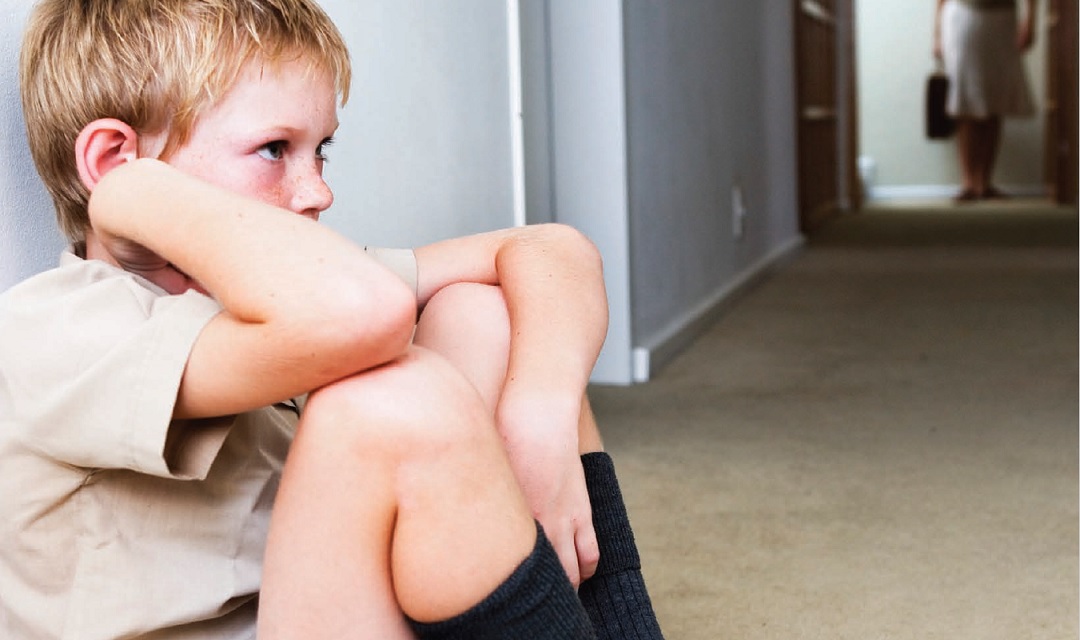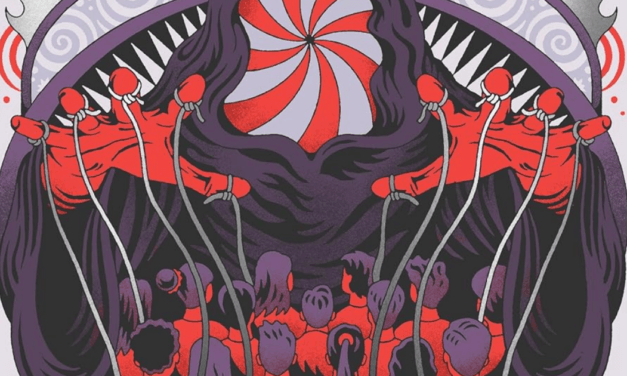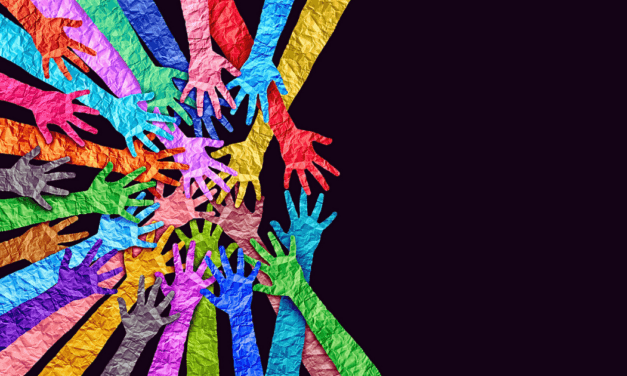This article first appeared in CHRISTIAN RESEARCH JOURNAL, volume 36, number 03 (2013). The full text of this article in PDF format can be obtained by clicking here. For further information about the CHRISTIAN RESEARCH JOURNAL, click here.
The dramatic decay of Christian belief and practice, especially in Western Europe, is by now a familiar fact—so much so that it has become common practice to refer to parts of the continent as “post-Christian.” To offer one example of current trends, data from the European Social Survey, in the words of social scientist David Voas, show that “each generation in every country surveyed is less religious than the last” and that “although there are some minor differences in the speed of the decline (the most religious countries are changing more quickly than the least religious), the magnitude of the fall in religiosity during the last century has been remarkably constant across the continent.”1
TURNING TIDES
In addition to being post-Christian, some parts of this landscape are notably anti-Christian. Some observers have used the term “Christophobic” to capture the vehemence with which some Europeans have come to renounce the influence of Christianity on the Western present and past.2 In some countries, laws that once discriminated in favor of Christians now discriminate against them.3 Nor is this true only in Europe, but across the Western world—including the United States.
A growing number of Western individuals, including Americans, greet the milestones of life with no religious framework at all. They are born without being baptized; they have children without being married; they contract civil marriages instead of religious ones; they darken church doors infrequently. It is true, as is also sometimes noted, that there are important exceptions to this general rule of decline.4 Even so, most data confirm what the eye can see plainly: the societies of the advanced world, again including the United States, are more secular than they used to be.5
EVIDENCE AGAINST THE EDUCATION ARGUMENT
So what happened here? How did the Western world go from being one that widely feared God to one that in some places now widely jeers Him?
We can begin to approach that question by correcting the public record and noting, first, what did not happen: secularization has not spread for the reasons most commonly supposed. Therein lies an important tale.
For a long time, secular social science and secular thinkers have held to one broad storyline about why people stop believing in the Christian God. According to that storyline, secularization is a function of increasing education, material well-being, sophistication, and reason. The idea, as the British writer Kingsley Martin put it pithily, is that “rationalism has argued the Church out of existence.”6
As a corollary, it also has been widely believed that less- educated people are more likely to believe in the Christian God, and better-educated people, not so much. This was the stereotype rather flagrantly displayed, for example, in a somewhat notorious piece in the Washington Post in 1993 that described the followers of leading American evangelicals as “largely poor, uneducated and easy to command.”7
Everyone “knows” these things, yet few people, especially those advancing these notions as explanations for the weakening of Western Christianity, seem to know the empirical truth. In fact, data abounds that testifies to the opposite fact; that is, that Christian religiosity at times has been more concentrated in the upper classes than in the lower, and more likely among the educated than among those less so.
Consider Victorian England. British historian Hugh McLeod has performed fine statistical work on historical London between the 1870s and 1914. One correlation he emphasizes is that “the poorest districts thus tended to have the lowest rates of [Church] attendance, [and] those with large upper-middle-class and upper-class populations the highest.”8 Historian Callum G. Brown, another expert on the numbers, makes the same point about religiosity in Britain during those years, that contrary to common wisdom, “the working class were irreligious, and that the middle classes were the churchgoing bastions of civil morality.”9
Much the same pattern can be found in the United States today—and it is one more pattern subversive of the idea that economic and intellectual sophistication are somehow the natural enemies of Christian faith, or that personal enlightenment and sophistication explain secularization and the decline of Christian religion.
A major book published in 2010 by sociologists Robert D. Putnam and David E. Campbell, called American Grace: How Religion Divides and Unites Us, also concludes from the data about religiosity among educated people that “this trend is clearly contrary to any idea that religion is nowadays providing solace to the disinherited and dispossessed, or that higher education subverts religion.”10 Similarly, in research summarized in another wide-ranging recent book on American social class called Coming Apart: The State of White America, political scientist Charles Murray uses data from the General Social Survey to show that the upper 20 percent of the American population were considerably more likely than the lower 30 percent to believe in God and to go to church. Among the working class, 61 percent—a clear majority— either say they do not go to church or believe in God, or both; among the upper class, it is 42 percent.
Related findings on religion and social class have also been documented independently by sociologist W. Bradford Wilcox. Wilcox has documented the “faith gap” between the better and less educated. Americans with college degrees are more likely than those with high school diplomas alone to attend church on Sunday. Moreover, the statistical likelihood of attending church varies inversely with the social ladder from bottom to top: “The least educated have experienced faster rates of decline than even the moderately educated, and they began at an even ‘lower’ starting point…meaning the gap between the least educated and most educated is even larger than the one between the moderately educated and most educated.”11
SECULARIZATION AND THE FALTERING FAMILY
The implication of these perhaps counterintuitive findings for secularization theory itself is profound. If religion were indeed Marx’s “opiate of the masses,” then one would expect to see the opposite of the social pattern than the one that actually obtains. As a written report for msnbc.com put the matter pithily in a piece summarizing Wilcox’s work, “Who Is Going to Church? Not Who You Think.”12 Yes, there are pockets of the elite today where secularism is the unquestioned coin of the realm, and where religious believers are in a minority— Ivy League campuses, certain subgroups of scientists, and academics generally.13 But the big picture in the United States today—as in Victorian England of yesterday—is that the reality of who believe and practice Christianity is the social and economic opposite of what is commonly supposed.
These and other examples drive to a single important conclusion: Christianity does not wax and wane in the world in the way the common storyline says it does, because Christian socioeconomic patterns of belief do not look the way the theory says they should.
So what factors besides social class and education might explain the momentum of Western secularization? Consider some tantalizing evidence almost wholly overlooked in secular theories about one other institution whose fate would seem inextricably bound up with that of the churches: the family.
Social science has roundly established that vibrant families and vibrant religion go hand in hand. Conversely, not living in a family means that a given individual is less likely to be found in church. As Wilcox has summarized the data, “The recent history of American religion illuminates what amounts to a sociological law: The fortunes of American religion rise with the fortunes of the intact, married family.”14 Similarly, the late sociologist Steven L. Nock observed in his 1998 book, Marriage in Men’s Lives, that “changes in the number of children in the married couple’s household have large consequences for men’s church attendance…With each additional child, men increase their attendance at services by 2.5 times per year.”15
More families and more children, in short, means more God. Similarly, to summarize other statistics, marriage increases the likelihood of belonging to a religious organization—whereas cohabitation, by contrast, has what three researchers have called a “strong, negative effect on the probability of religious activity.”16 Unmarried people without children are less likely to go to church than are married people, or married people with children. A married man with children, for example, is over twice as likely to go to church as an unmarried man with no children. Once again, where there is more marriage, there is more religion; where there is less, ditto.
But why does there appear to be such a tight connection between church-going on the one hand, and married people with children on the other? The prevailing storyline has no insight into that question, because it ignores the institution of the family except to regard family change as a footnote to religious decline. But there is another and radical way of looking at these same statistics that I believe sheds new light on Western secularization. Why should we not believe the reverse is true instead—that there is something about being married, or having children, or both, that is making the adults in those situations more inclined toward Christianity in the first place?
If such does indeed turn out to be true—if family decline is in fact the unseen engine of religious decline—then a whole new chapter in the study of Western secularization demands to be opened up. In brief, what the connection between family and faith goes to show is that Western religious decline is not—pace secular thinkers—inexorable; the ebb and flow of Christianity throughout history by itself refutes as much. But those who would reverse that decline need to look more closely at what has happened to the natural family, and what might be done to restore it. In sum, there appears to be more going on in the relationship between faith and family than has been dreamed of by secular philosophers, and a great deal more to explore.
Mary Eberstadt is a senior fellow at the Ethics and Public Policy Center in Washington, D.C. This essay is adapted from her new book, How the West Really Lost God: A New Theory of Secularization (Templeton Press, 2013).
NOTES
- David Voas, “The Rise and Fall of Fuzzy Fidelity in Europe,” European Sociological Review 25, 2: 155–68.
- The term “Christophobia” is commonly attributed to Joseph Weiler in his book Una Europa Cristiana (Madrid: Ediciones Encuentro Sa, 2003). See also George Weigel, The Cube and the Cathedral: Europe, America, and Politics without God (New York: Basic Books, 2006).
- In Great Britain, to give one emblematic example, in 2011 a Pentecostal couple was barred from giving foster care by a judge who cited their Christian beliefs on homosexuality as “inimical” to childrens’ well-being. See “Christian Foster Couple Lose ‘Homosexuality Views’ Case,” BBC News, February 28, 2011. Available online at http://www.bbc.co.uk/ news/uk-england-derbyshire-12598896. Similar collisions between traditional Christian teaching and changing views of Christianity have occurred within the past few years, and organizations have accordingly sprung up to track such incidents. According to Gudrun Kugler, for example, lead author of a 2011 Report on Intolerance and Discrimination against Christians in Europe, published by the Austrian nonprofit group Observatory on Intolerance against Christians (Europe), “Studies suggest that 85% of all hate crimes with an anti-religion background in Europe are directed against Christians….We also notice professional restrictions for Christians: a restrictive application of freedom of conscience leads to professions such as magistrates, doctors, nurses and midwives as well as pharmacists slowly closing for Christians. Teachers and parents get into trouble when they disagree with state-defined sexual ethics.” The report is available online at http://www.intoleranceagainstchristians.eu/fileadmin/user_upload/Press_Release_Report_ 2011_English_01.pdf.
- For a particularly engaging account of Christianity’s vibrancy elsewhere, see, for example, John Mickelthwait and Adrian Wooldridge, God Is Back: How the Global Revival of Faith Is Changing the World (New York: The Penguin Press, 2009).
- See, for example, “’Nones’ on the Rise: One-in-Five Adults Have No Religious Affiliation,” The Pew Forum on Religion and Public Life, October 9, 2012. Available online at http://www.pewforum.org/Unaffiliated/nones-on-the-rise.aspx.
- Kingsley Martin, Critic’s London Diary: From the New Statesman, 1931–1956 (London: Secker and Warburg, 1960), 130.
- Michael Weisskopf, “’Gospel Grapevine’ Displays Strength in Controversy over Military Gay Ban,” Washington Post, February 1, 1993.
- Hugh McLeod, Class and Religion in the Late Victorian City (London: Croom Helm, 1974), 28–29.
- Brown, The Death of Christian Britain, 149.
- Putnam and Campbell, 253.
- Andrew Cherlin, Matthew Messel, Jeremy E. Ueker, and W. Bradford Wilcox, “No Money, No Honey, No Church: The Deinstitutionalization of Religious Life among the White Working Class,” in Religion, Work and Inequality, ed. Lisa A. Keister, John McCarthy, and Roger Finke, vol. 23, Research in the Sociology of Work (Bingley, UK: Emerald Group Publishing Limited, 2012), 227–50.
- Brian Alexander, “Who Is Going to Church? Not Who You Think, Study Finds,” msnbc.com, August 21, 2011.
- See Charles Murray, Coming Apart: The State of White America (New York: Crown Forum, 2012), 206.
- Bradford Wilcox, “As the Family Goes,” First Things 173 (May2007). Wilcox also suggests three reasons for “why churchgoing is so tightly bound to being married with children”: because they find other couples like themselves in churches—that is, those navigating family life; because children “drive parents to church” in the sense of encouraging them to transmit a moral/religious compass; and because men are much more likely than women to fall away from church on their own.
- Steven L. Nock, Marriage in Men’s Lives (New York: Oxford University Press, USA, 1998), 100.
- Ross M. Stolzenberg, M. Blair-Loy, and Linda J. Waite, “Religious Participation in Early Adulthood: Age and Family Life Cycle Effects on Church Membership,” American Sociological Review 60 (1995): 94.









